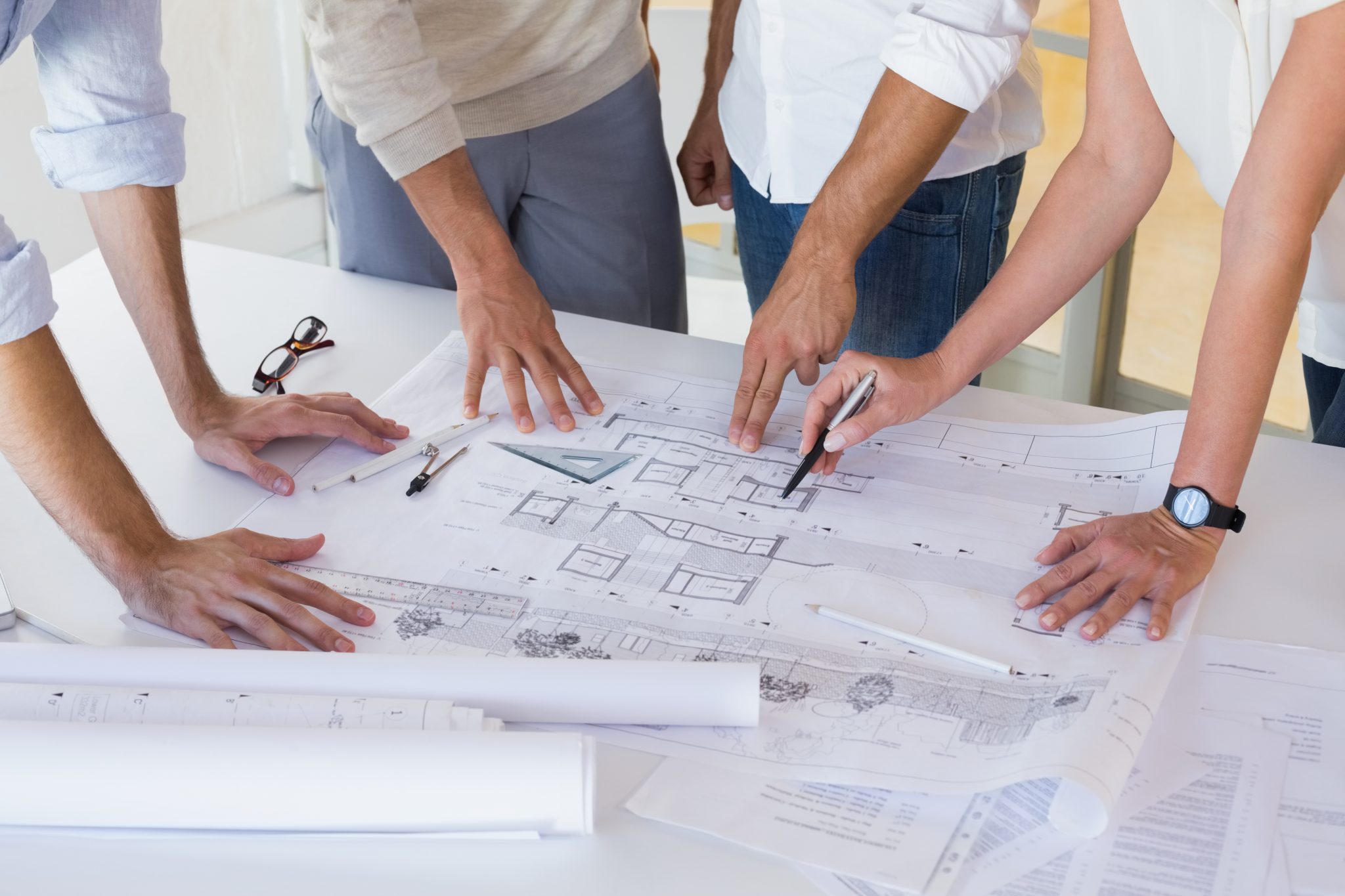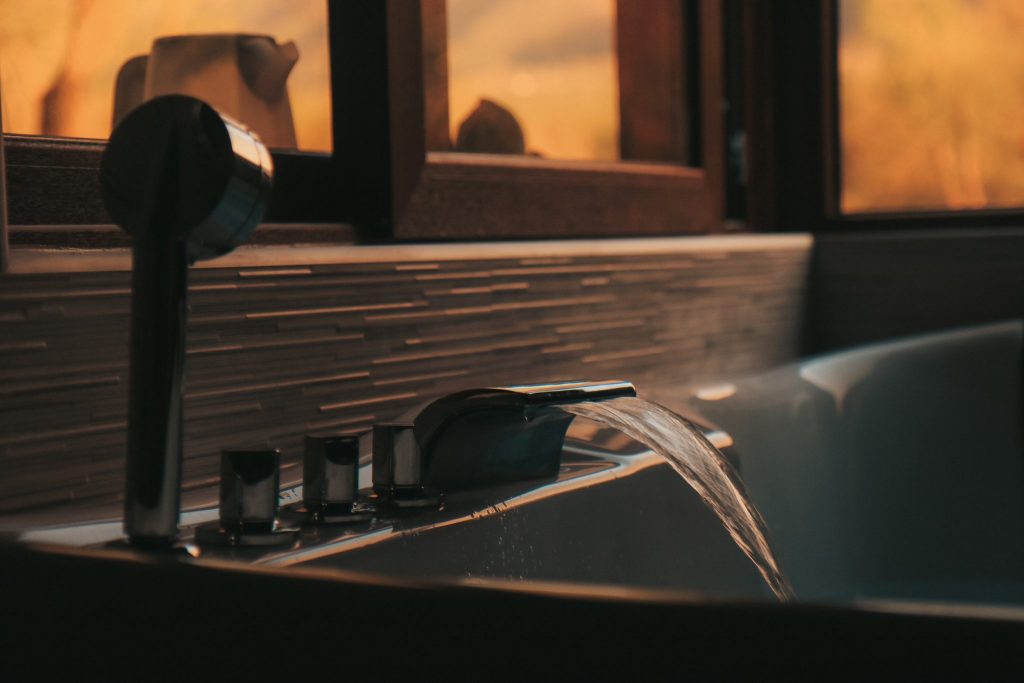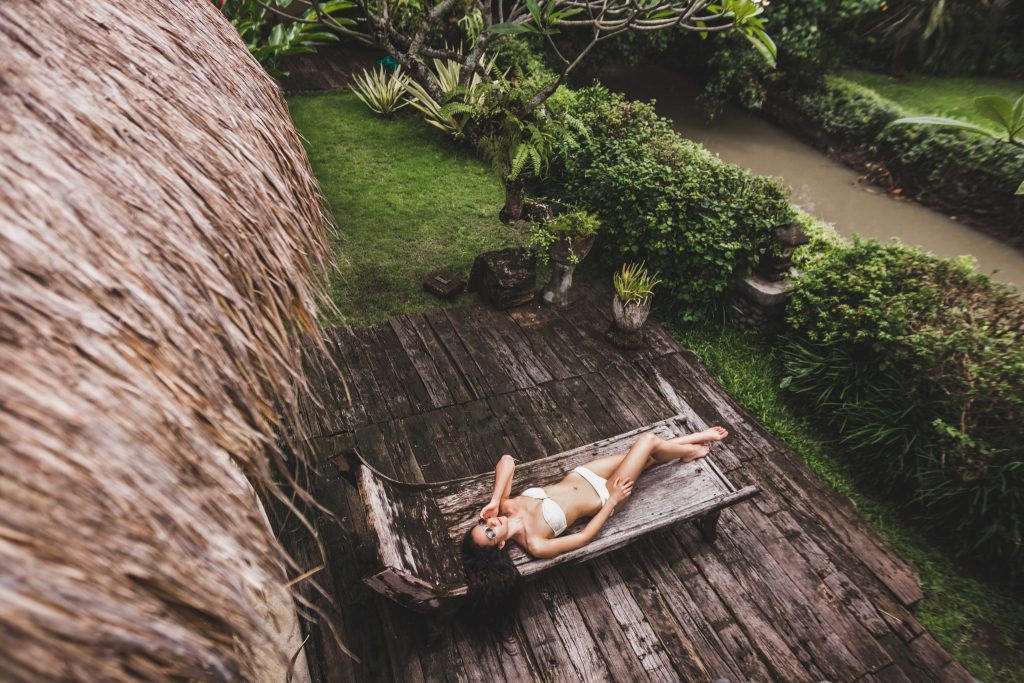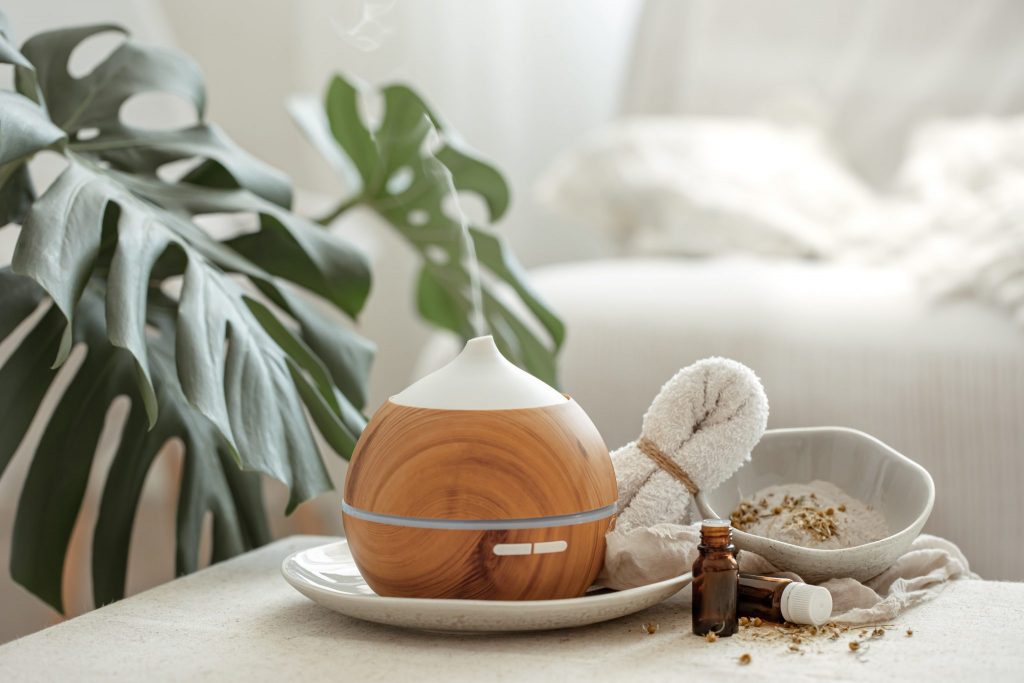Design is often influenced by nature, whether observed from micro, macro or mega perspective, and particularly so when it comes to wellness design, where the natural world heavily influences both the exterior and interior, as well an overall buildings end usage and potential for user enjoyment.
It was the late fashion design Alexander McQueen who said that ‘there is no better designer than nature. As a company, GOCO Hospitality creates wellness-centric spaces for our clients that seamlessly blend design with the natural surroundings, from UNESCO heritage protected regions to contemporary off the grid man-made islands. From full concept resorts and residential communities to standalone spas and exclusive private superyachts, we specialize in incorporating wellness architecture into all levels of our designs so that it becomes an integral part of each project. If sustainable architecture is focused on preserving the health of the planet, then wellness architecture is about enhancing the health of those who interact with it.
What is Wellness Architecture?
Any architectural design that promotes health, good living or simply uses healthy environmentally friendly materials can be referred to as wellness architecture. With a growing need for intuitive spaces, wellness architecture is influencing residential and commercial building design as well as real estate development concepts.
However, combining the right elements, creating a flow and focusing on key aspects of well-being are key to turning theoretical wellness architecture into practical applications that directly benefit the end-user.
The environment that we live in today may detrimentally impact our health and wellbeing. The use of inferior materials, mediocre master planning and a lack of integration with our natural surroundings can negatively affect our daily lives.
Needless to say, architecture that connects with nature and harmoniously fits into the environment, thereby focusing on elements of sustainability can help residents or users achieve a feeling of living well.
Rethinking a Room
At GOCO Hospitality, we put a lot of emphasis on rethinking traditional spaces. An example of this could be as simple as a kitchen which is viewed traditionally as just a space for cooking and eating. However, with a growing interest in healthy nutrition and increased focus on cuisine and food preparation, the kitchen actually becomes a space to engage in life-enriching daily habits and rituals which are at the core of wellness.
Younger generations, specifically Millennials, value experience and well-being when making lifestyle choices and this is reflected in the properties, they choose for living, business and leisure. Through thoughtfully rethinking property design with this in mind, there is a natural move towards the creation of wellness architecture.
Switch Materials
Just as the desire for people to monitor the food they eat by choosing healthier options from more sustainable sources, the same people now also turn their attention to the construction and interior details of the spaces that they choose to reside in.
In the last decade, an acute awareness of the air we breathe has affected how millions of people interact with the world. Once a rare sight, air purifiers are now almost a standard item in homes within heavily polluted regions. This concern is also being addressed throughout the hospitality industry where hotels and resorts are working harder than ever to improve and maintain the atmosphere within rooms by cleaning the air and removing pollutants and, where possible, dust, viruses and bacteria.
The use of sustainable materials is becoming a priority and a selling point for hospitality, commercial and residential developments where users are now proactively seeking to better understand what surrounds them and why.
Integrate Biophilia
Incorporating plants and nature into both design and experience is a key element of true wellness architecture. Plants are proven to enhance cognitive performance, cleanse the air, lower stress and reduce toxins.
GOCO Hospitality’s designers are currently exploring how architecture intersects with nature through biophilic design disciplines and experimenting with horticulture through design to literally ‘grow’ buildings or graft fauna onto a framework to create living structures.
Needless to say, with this increased desire for healthy living, the wellness lifestyle real estate market, according to the Global Wellness Institute is valued in excess of $134 billion. In 2018, the GWI stated that there were 740 wellness real estate and community developments built or in development across 34 countries – a number that has grown weekly ever since, even in the face of the COIVD-19 pandemic. As of December 2021, that number has increased to 2,300 wellness real estate projects currently in progress – a clear sign that wellness real estate will play a big part in the future of wellness.
Reach out to us to learn more on how GOCO Hospitality can help you in creating a more conscious, wellness-themed facility.





